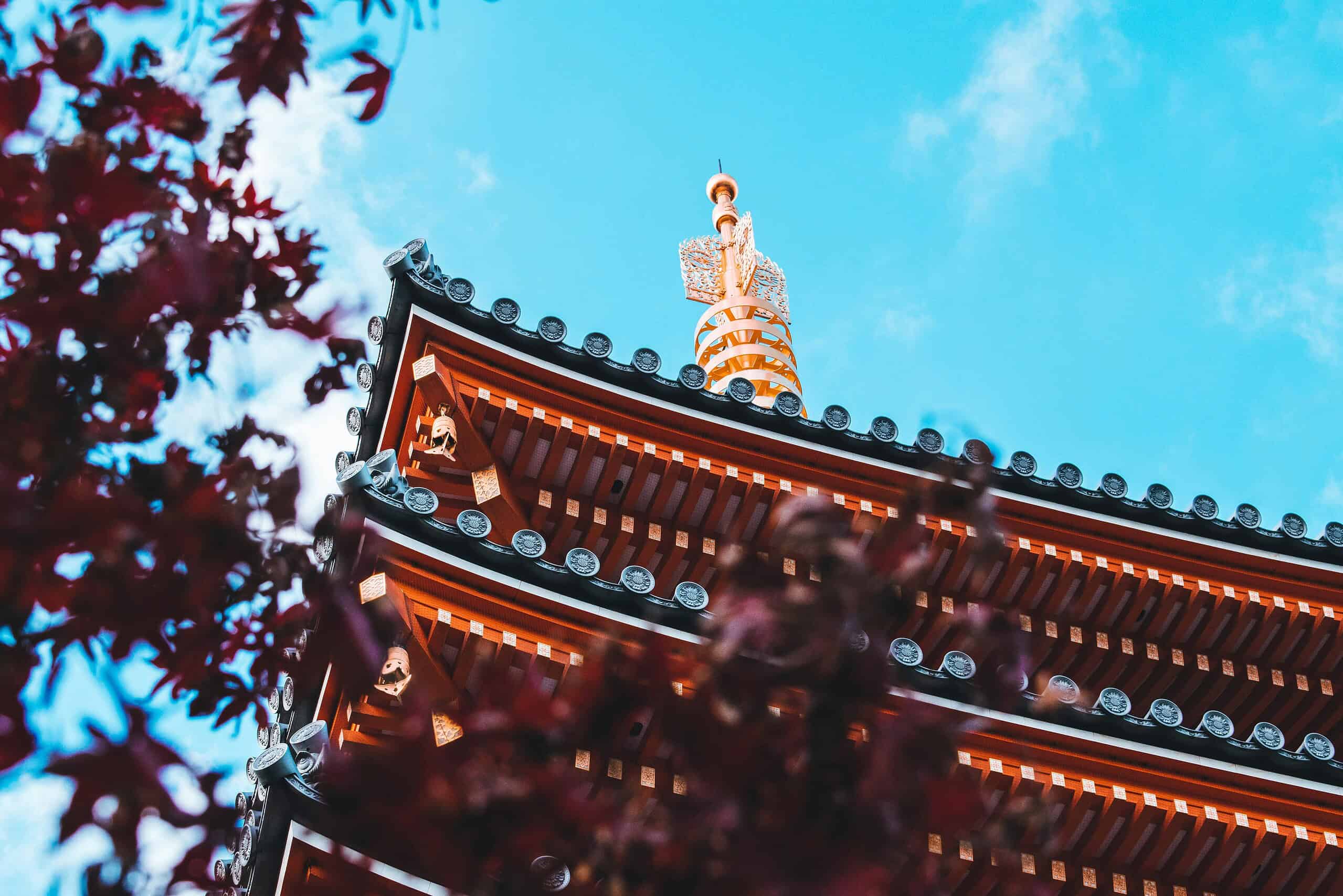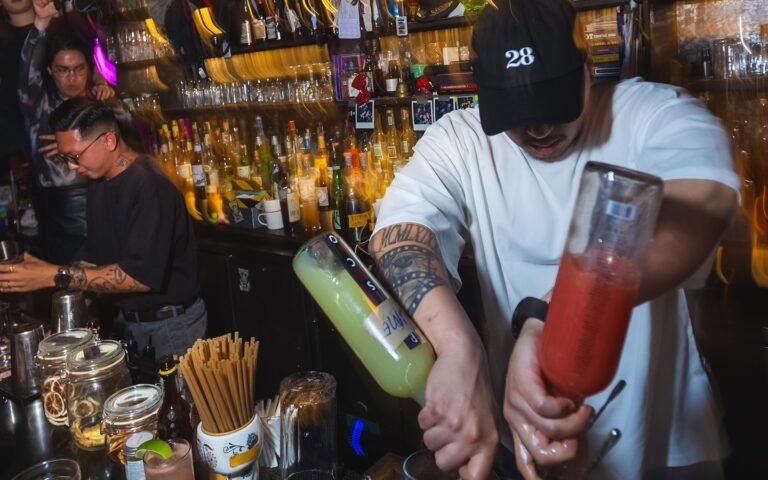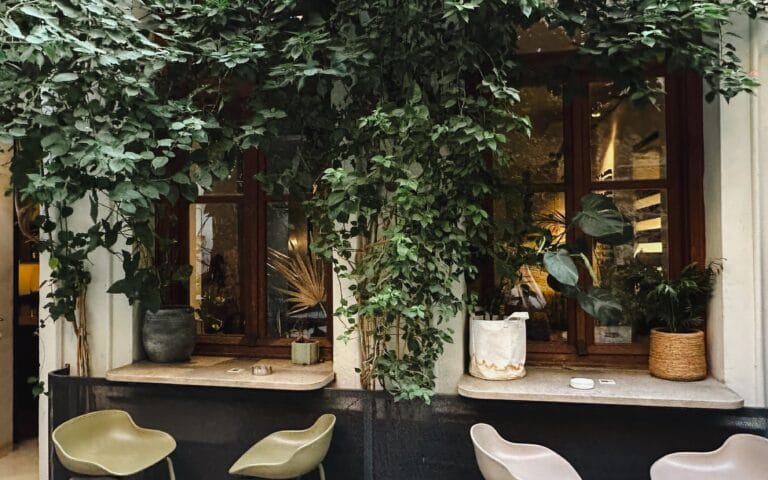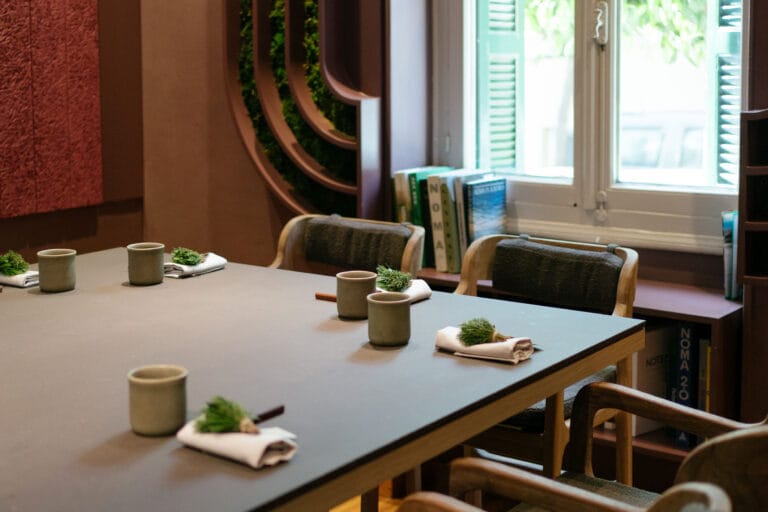Where traditional yatai stalls share streets with natural wine bars and ancient crafts meet modern design, this rapidly evolving port city offers a glimpse of Japan’s future while honouring its past.
Just across the water from Shanghai and Seoul, Fukuoka feels more like a rebel sibling than Tokyo’s little sister. While tourists crowd the capital’s crossing, this port city pulses to its own rhythm – mixing Chinese, Korean and Japanese influences into something deliciously different.
The fastest-growing city in Japan keeps collecting “most liveable” accolades, yet somehow stays off the usual tourist trail. That’s changing though, as people catch on to what locals have known forever: this is where Japan gets interesting.
EAT
Chez Remy
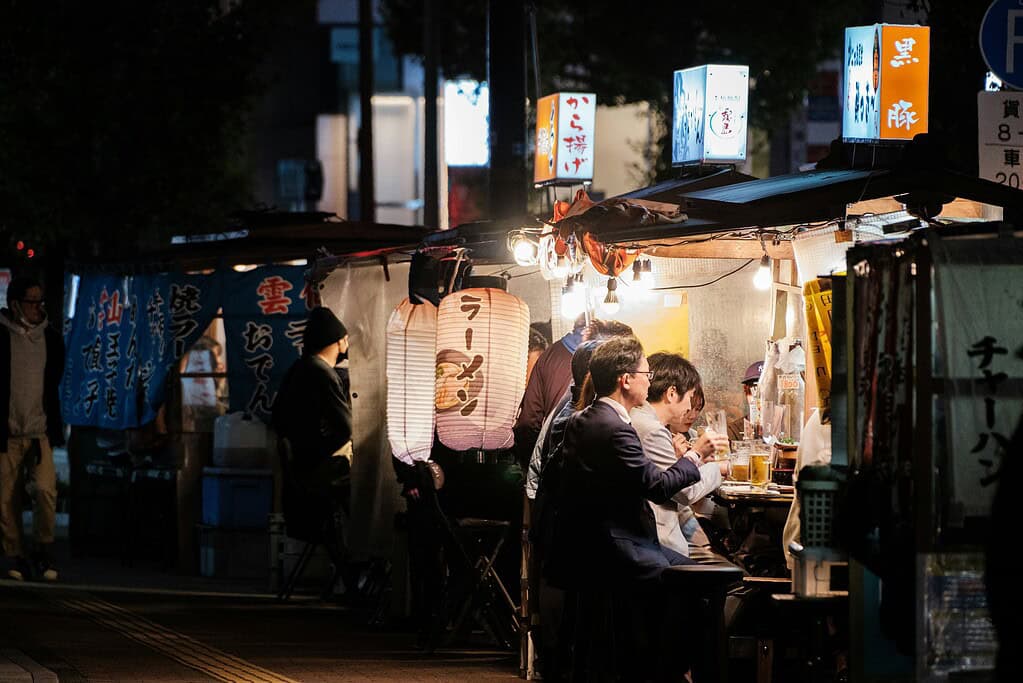
Come sunset in Fukuoka, hundreds of little lanterns start bobbing through the streets as yatai – mobile food stalls that have been part of the city’s DNA for generations – set up for the night. These tiny, intimate spaces (think five stools around a counter) are where locals have always gathered over steaming bowls and cold beer.
While most yatai stick to Japanese classics, Frenchman Remy has flipped the script entirely. His roving bistro creates the kind of cognitive dissonance that makes traveling worth it: sharing bottles of Bordeaux over heaping plates of classic French cuisine under plastic curtains as steam rises into the night air. The menu changes with Remy’s whims – one night it’s coq au vin, another it’s beef bourguignon – but the experience is always pure Fukuoka magic.
Detour worthy for: Escargot sizzling on a hotplate while salary men squeeze next to you.
Sushi Shima
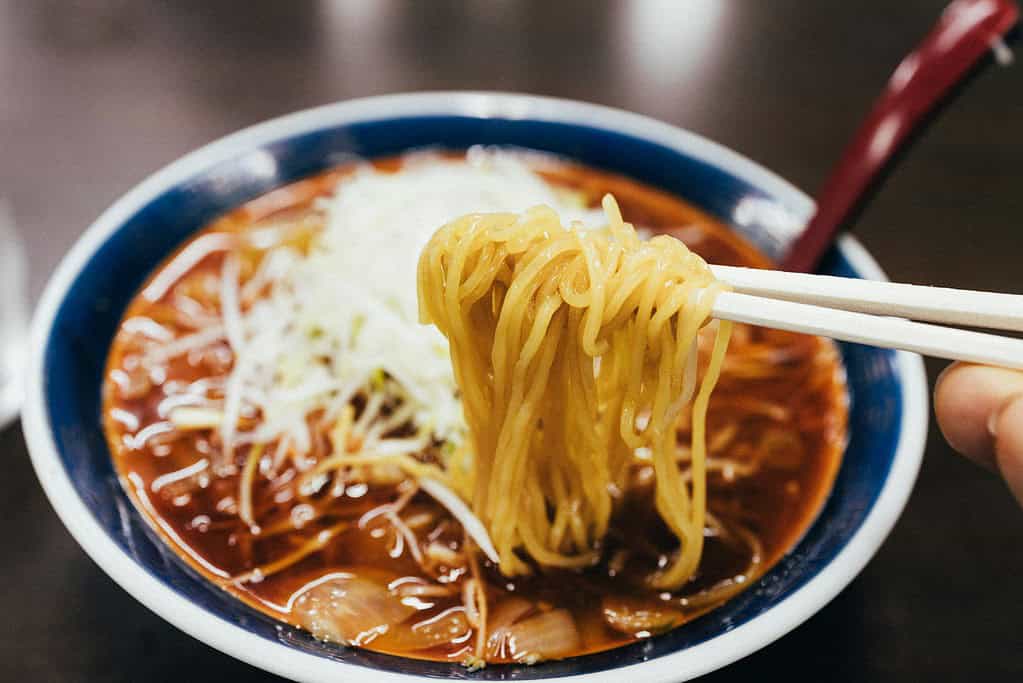
In a city that gave birth to ramen (yes, really – Chinese merchants brought the concept here in the early 1900s), Sushi Shima is writing its own chapter in Fukuoka’s food story. Hidden in a converted machiya in Minato, this innovative spot proves that tradition and innovation can coexist beautifully.
Chef Yamamoto brings his decade of traditional sushi training to create vegan interpretations that honour original techniques while blazing new culinary trails. The omakase experience features everything from “tuna” nigiri crafted from marinated watermelon to their signature tonkotsu ramen, where golden bamboo mushrooms and roasted soy create a broth so rich and complex, you’ll forget it’s plant-based. Reservations are essential – word has spread far beyond Japan’s borders.
Detour worthy for: Innovative plant-based takes on Japan’s most comforting dishes, in the birthplace of ramen.
DRINK
Yumekichi Wine
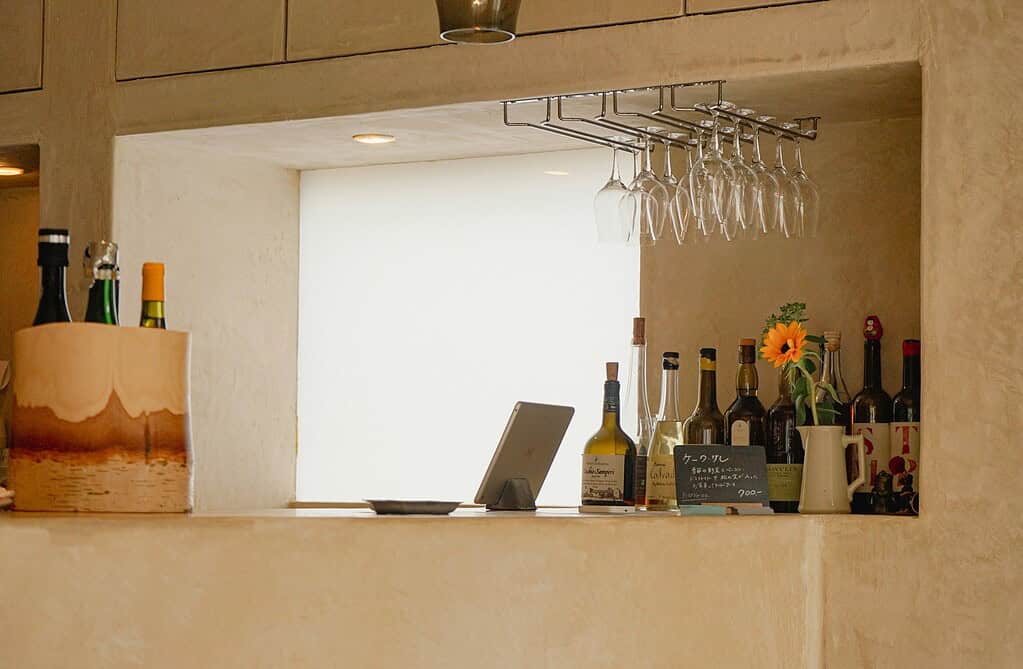
In a 50-year-old former bathhouse along the waterfront, something deliciously unexpected is happening. Yumekichi feels like a fever dream where European wine culture collides with Japanese aesthetics – kimono-clad staff pour natural wines while the Naka River flows past art deco windows.
Downstairs, what was once a communal bath now hosts intimate tables where owner Mr. Tokunaga’s collection of over 200 bottles (heavy on the biodynamic stuff) keeps the conversation flowing. The space shares both name and ownership with an antique kimono shop next door, which explains the staff’s traditional dress – though watching someone expertly discuss Loire Valley vintages while wearing a kimono feels perfectly Fukuoka.
Detour worthy for: Homemade pâté de campagne paired with bio wines or even just a frosty Sapporo.
Whisky Bar Leichhardt
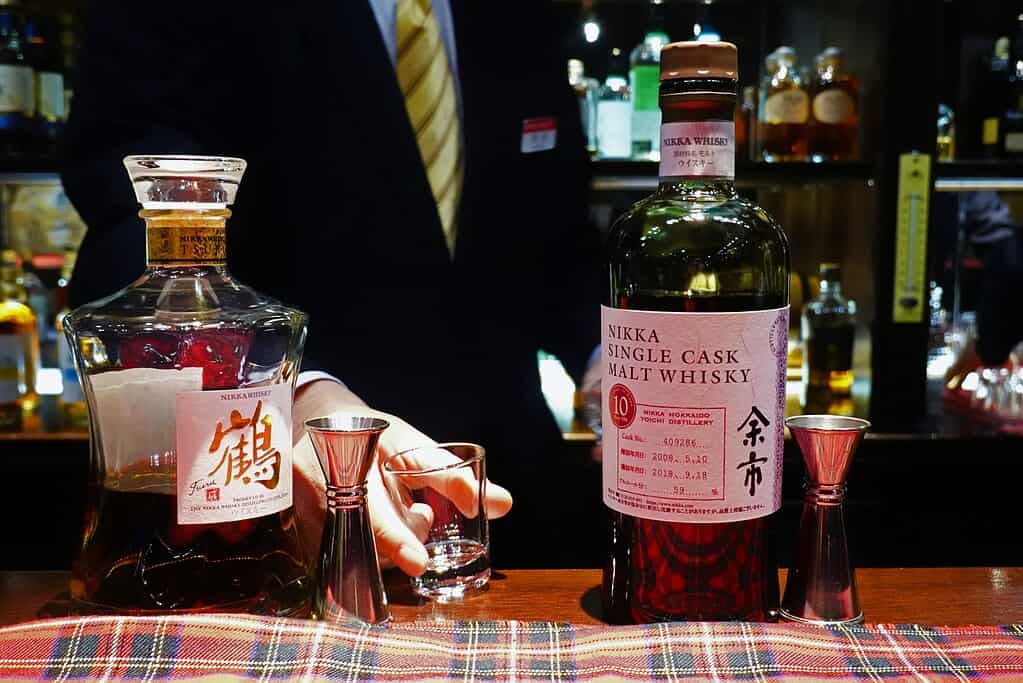
While the rest of the world played with speakeasy trends, Japan never really abandoned the art of the classic bar. Here, in a hushed space that feels more like a temple to spirits than a mere drinking spot, bow-tied bartenders still treat cocktail-making as a meditation.
At Bar Leichhardt, owner Yuichiro Sumiyoshi presides over his domain with the quiet confidence of someone guarding liquid gold. His collection – over 2000 whiskies deep, including 1000 rare Japanese bottles – is staggering (and far from cheap), but it’s his encyclopaedic knowledge and gentle guidance that transforms each pour into an education. Watching him work, dressed in his perfectly pressed tuxedo, you’ll understand why Japanese bar culture remains unmatched.
Detour worthy for: Rare bottlings from Japan to as far as Taiwan, India and Sweden.
STAY
With The Style Fukuoka
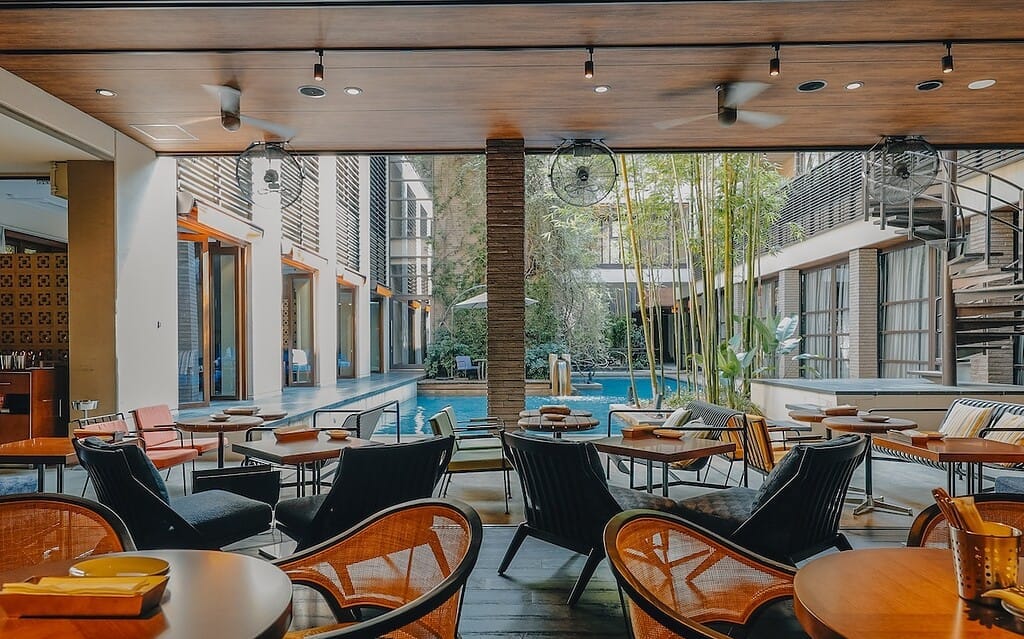
In a city that moves at its own pace, With The Style gets the tempo just right. This 16-room boutique property manages that rare feat of feeling both exclusive and welcoming – think private balconies overlooking the cityscape, but also a lobby bar that’s become one of the neighbourhood’s favourite haunts.
Designer Ryu Kosaka (the mind behind Mandarin Oriental Tokyo) has created spaces that whisper rather than shout, with clean lines warmed by rich textures and natural materials. The rooftop spa’s outdoor jacuzzi offers a contemplative perch above the city, while a wagyu steakhouse serves some of the country’s finest cuts. Seven minutes from the train station, it’s a master class in balanced luxury – intimate enough to feel special, but buzzy enough to feel alive.
Detour worthy for: The guests-only Penthouse bar, like the private library of a well-travelled friend.
The Ritz-Carlton Fukuoka
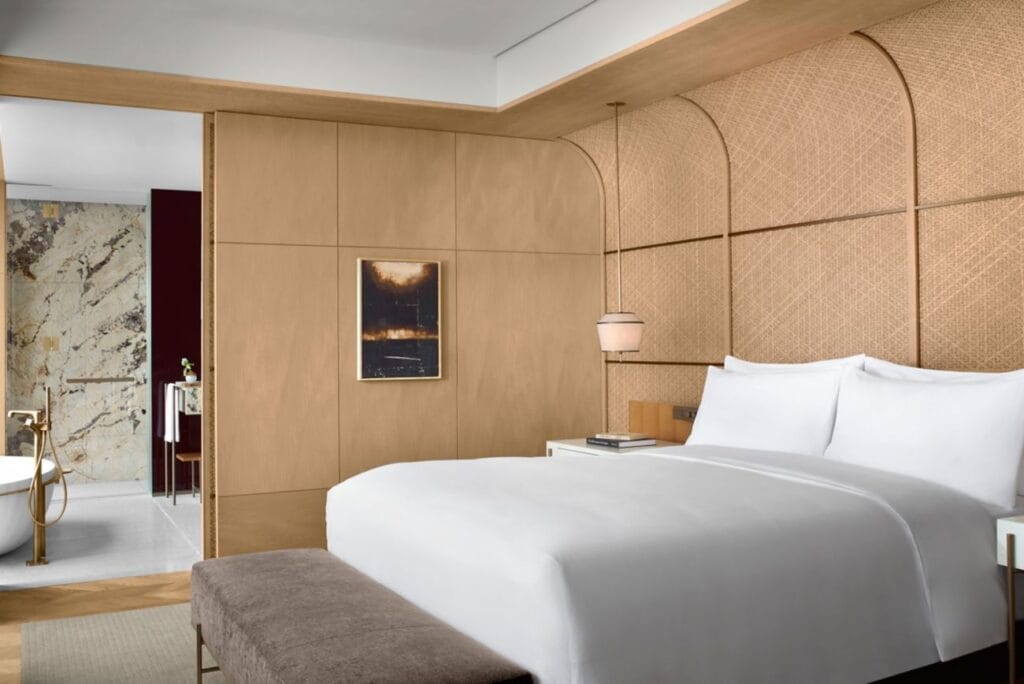
Forget everything you thought you knew about Ritz-Carlton. Their newest property, opened in 2023 within the striking Daimyo Garden City complex, reads more like a forward-thinking design hotel that happens to do impeccable service. Occupying the top floors of a 24-story glass tower, its 147 rooms and 20 suites manage to feel both thoroughly modern and warmly residential.
While the 25-meter pool and multiple restaurants and bars tick all the luxury hotel boxes, it’s the location that really sells it – you’re steps from the city’s best shopping and, more importantly, those famous yatai food stalls that come alive at night. It’s luxury that doesn’t insulate you from the city, but instead puts you right in its beating heart.
Detour worthy for: Majestic views stretching across Hakata Bay from every room.
SHOP
Hues
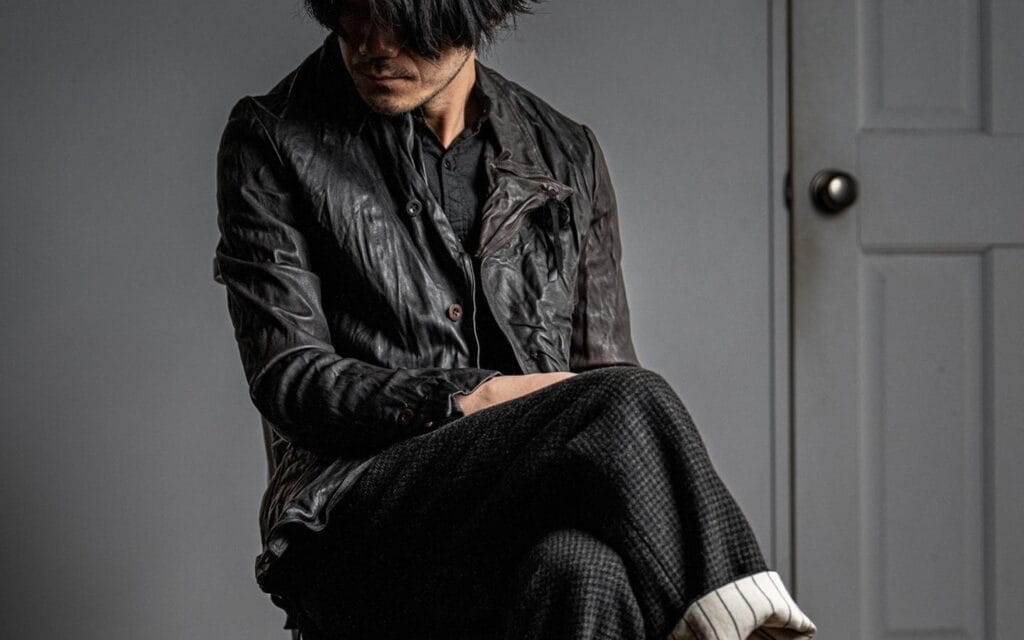
Behind an unassuming facade, fashion’s true believers whisper about this shrine to avant-garde menswear. This compact temple to avant-garde menswear curates the kind of pieces that make fashion insiders’ hearts race – think hard-to-find Yohji Yamamoto alongside cutting-edge local label ARAKI YUU.
The edit is ruthlessly precise: predominantly black, impeccably cut, and understanding the razor-thin line between timeless and directional. While the staff’s aloofness might intimidate the casual browser (and the prices might make your credit card wince), serious collectors know this is where you find the pieces that define a wardrobe. It’s the kind of store that reminds you why Japanese retail, at its best, is less about shopping and more about curation.
Detour worthy for: Rare pieces for male fashionistas from Japan’s most innovative designers.
Toshio Ohba Knife Shop
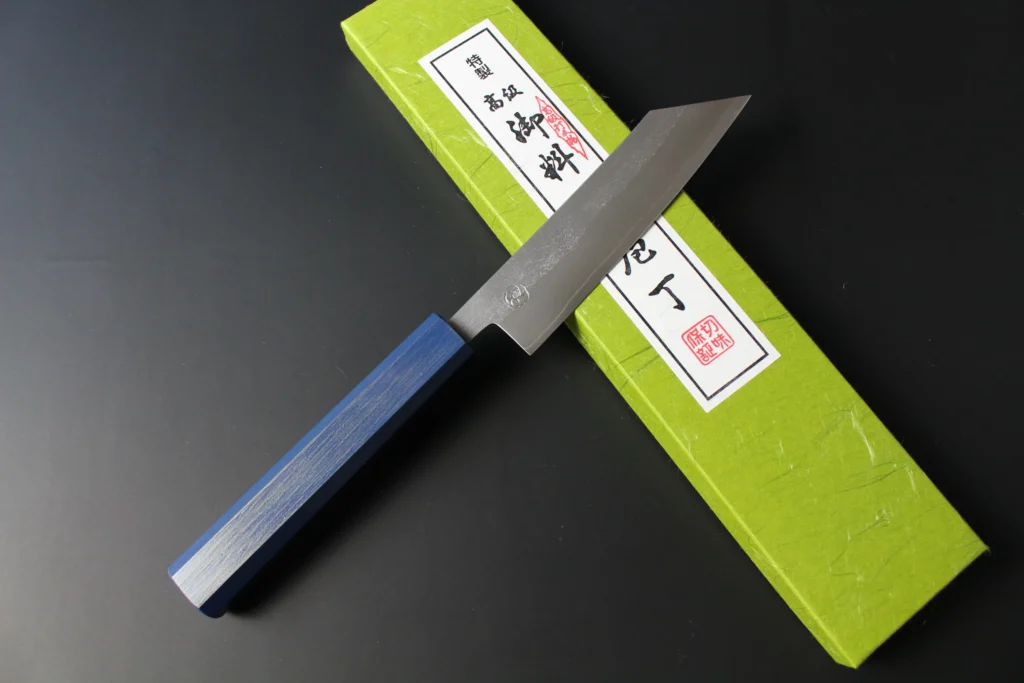
There’s a beautiful irony in the fact that every sumo ring in Japan is prepared using tools made by a single craftsman in Fukuoka. Third-generation blacksmith Toshio Ohba’s reputation rests on his sumo ring rakes and his distinctive Hakata knives – instantly recognisable by their triangular tips and legendary for their versatility.
Working from a workshop that’s barely changed since his grandfather’s time, Ohba (a designated Living National Treasure) creates blades that are as much about philosophy as function. While his waiting list for custom pieces stretches years long, regular knives can be bought on-the-spot and visiting his shop offers a rare glimpse into a world where craft isn’t about nostalgia, but necessity. Every knife tells a story of three generations of metalwork mastery.
Detour worthy for: Steel mastery almost impossible to find in our mass-produced world.
SEE
Kaigeido Gallery
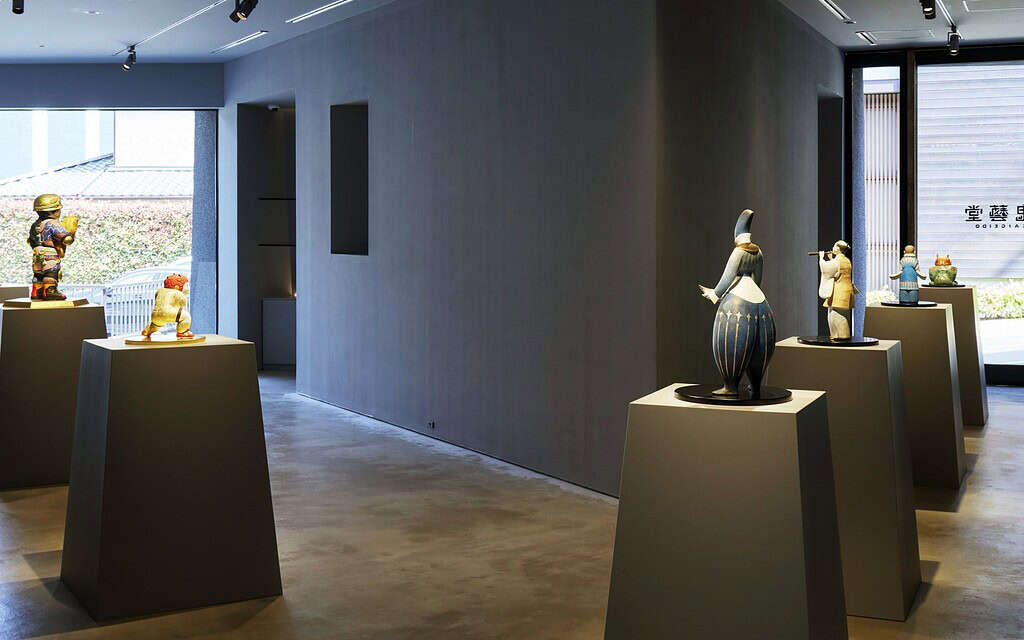
Time moves differently inside Kaigeido, where generations of stories are told through Hakata ningyo – unglazed clay dolls that have been a local art form since the 1600s. But this isn’t some dusty cultural preservation project. Architect Shuhei Kamiya (who cut his teeth with Kengo Kuma before joining Bjarke Ingels’ BIG) has created a thoroughly modern space where natural light plays across the dolls’ faces throughout the day, bringing their expressions to life.
The collection itself is mesmerising – kabuki actors caught mid-gesture, contemplative geishas, scenes from daily life frozen in clay – but it’s the dialogue between these centuries-old figures and their contemporary home that makes this place special.
Detour worthy for: Experiencing ancient clay art among a contemporary light.
Maizuru Park
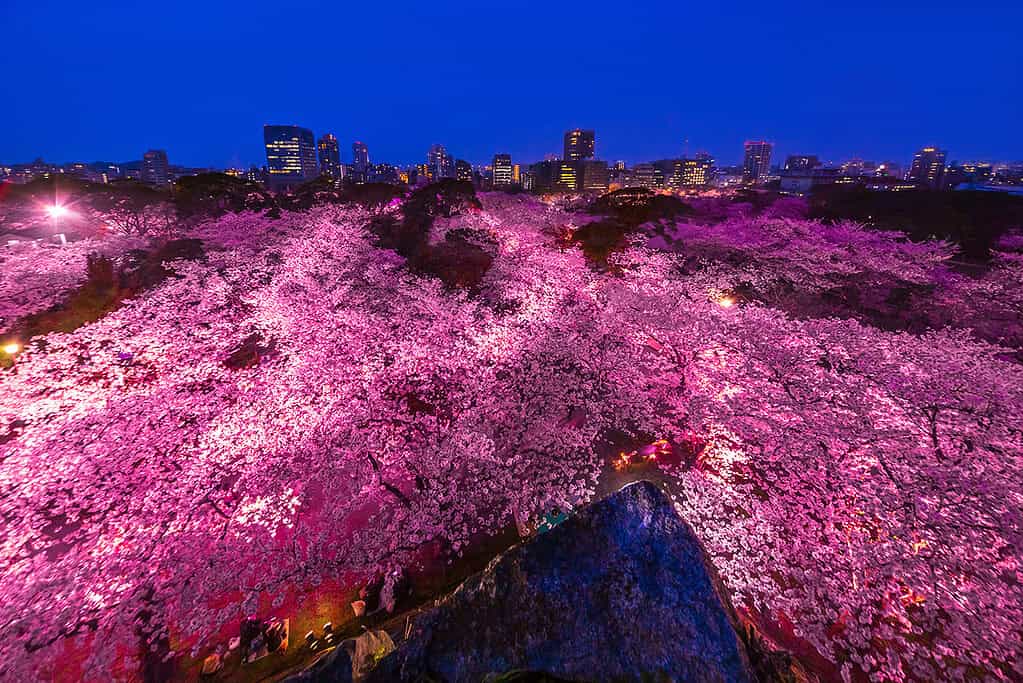
Cities rarely let their ruins breathe, but Fukuoka gets it right at Maizuru Park. The remains of Fukuoka Castle stand proud atop the hill, their stone foundations telling tales of feudal power while framing perfect views across the modern city. In spring, hundreds of cherry trees paint the park pink, creating the kind of scene that launches a thousand Instagram posts.
But there’s more here than pretty photos – the adjacent Fukuoka Art Museum houses an impressive 16,000-piece collection where Dali and Warhol share space with local masters. Follow it up with a walk around Ohori Park’s lake, where locals still practice the art of slow living in the heart of Japan’s fastest-growing city.
Detour worthy for: Chasing natural and artistic beauty, or just a place to catch your breath.
